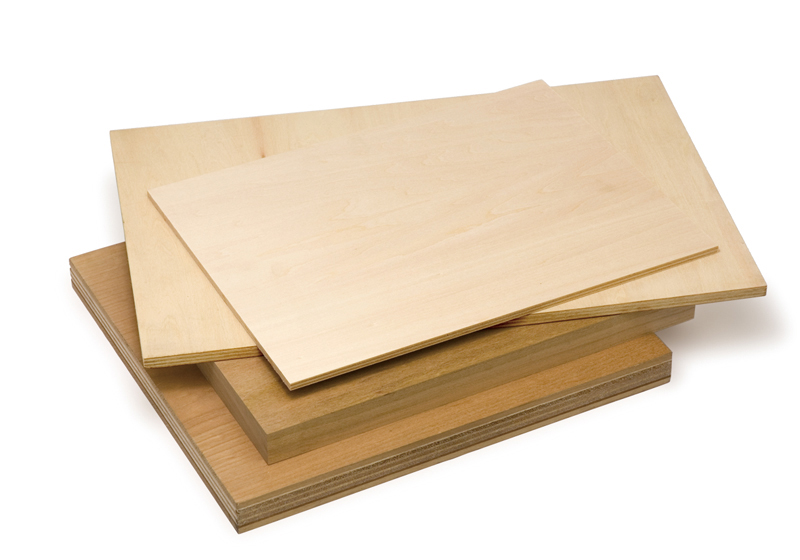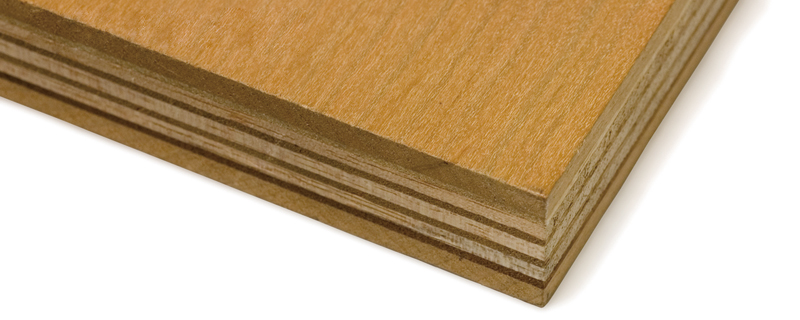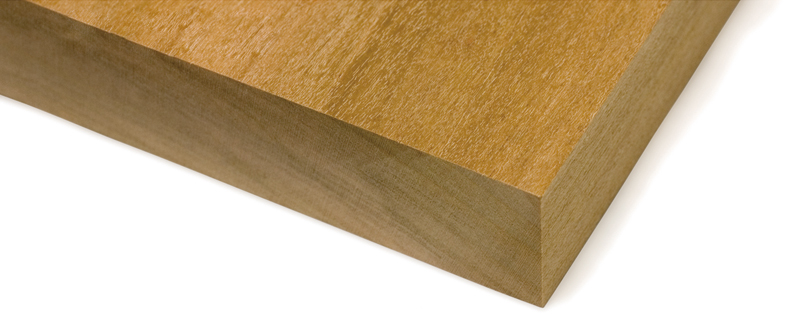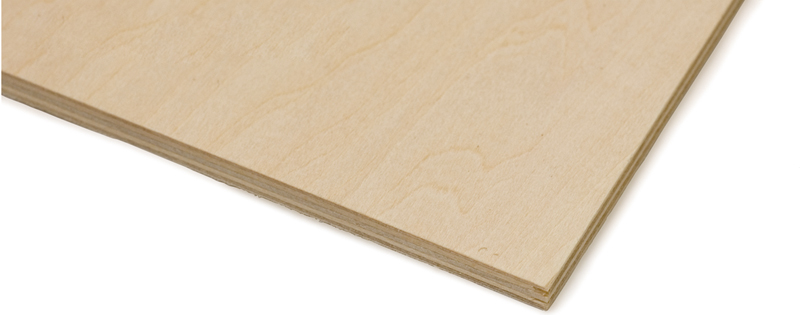Printing Block
版木
Hangi
CATEGORIES
A printing block is a wooden board that artists use as a plate material when creating woodblock prints.
There are two basic types of printing blocks: a cross-grain type, cut vertically to go with the fiber of the wood, and an end-grain type, cut into cross-sectional round slices perpendicular to the fiber of the wood.
Cross-grain blocks used in woodcut printing provide artists with a tool for softer expressions. In water-based woodblock prints, cross-grain blocks can also let users incorporate the grains of the block into the final image. Cross-grain blocks also fall into two main categories: plywood, which combines several thin layers of wood, and natural wood, which is made of a single sheet of solid timber. Ukiyoe prints many years ago used natural wood printing blocks, but plywood made from linden has since become the prevailing block medium. Natural wood gave way to plywood for several reasons. As print works became larger and larger, for example, artists had an increasingly difficult time obtaining natural wood in the necessary sizes. Natural wood is also more expensive than its counterpart. The most common types of plywood are linden plywood and lauan plywood. Although plywood can range from around 1 to 20 mm in thickness, most sheets are between 6 and 9 mm thick. The best natural wood for printing blocks comes from cherry trees, Japanese whitebark magnolia trees, Japanese Judas trees, sand pear trees, and other broadleaf trees. Ukiyoe artists favored printing blocks made of Izu region mountain cherry trees, whose fine grains and supple texture made them easy to cut and the premier block material of the times.
End-grain blocks used in wood engraving printing are harder than cross-grain blocks, which gives artists the ability to achieve subtler, more delicate expression. This type of block is normally made of wood from Japanese boxwood, Japanese camellia, sand pear, or maple trees. Printing block sizes are usually limited to the sizes of the cross-sectional round slices that trees are cut into. To offer artists a broader size selection, manufacturers also make yosegi printing blocks that attach additional pieces of cherry, Japanese boxwood, or birch wood cut to the end grain. When carving a printing block, the carver first needs to sand the surface of the block with sandpaper.
Linoleum, a building material used in Europe for oil-based woodblock printing, is one alternative material that artists can use for their printing blocks. Artists in Japan, however, rarely use this material.
Printing blocks are available for purchase at art supply stores that carry block print tools.
 Woodblocks for woodcut printing
Woodblocks for woodcut printing Woodblocks for wood engraving printing
Woodblocks for wood engraving printing- Types of woodblocks for woodcut printing
 Mountain cherry (plywood)
Mountain cherry (plywood)  Mountain cherry (natural wood)
Mountain cherry (natural wood) Shina plywood (9 mm thick)
Shina plywood (9 mm thick) Shina plywood (6 mm thick)
Shina plywood (6 mm thick) Cross-grain and end-grain
Cross-grain and end-grain
